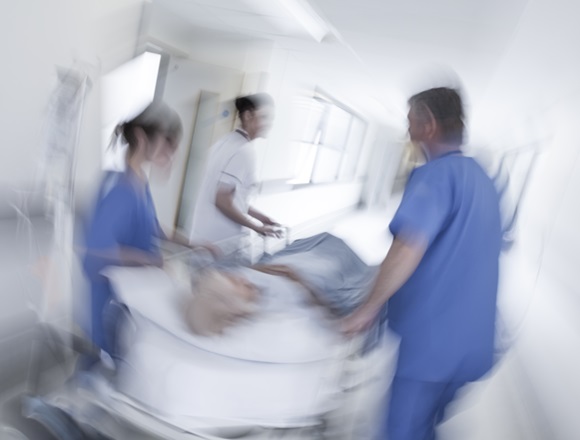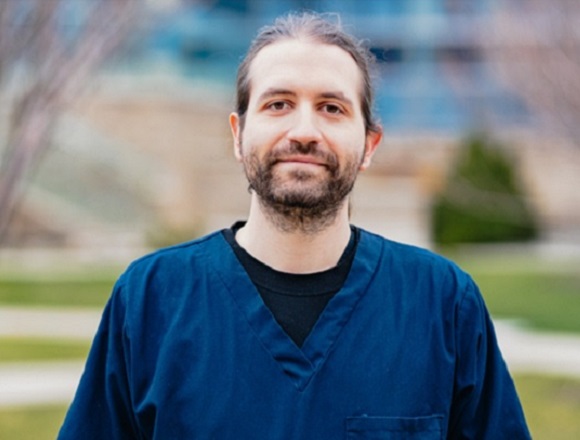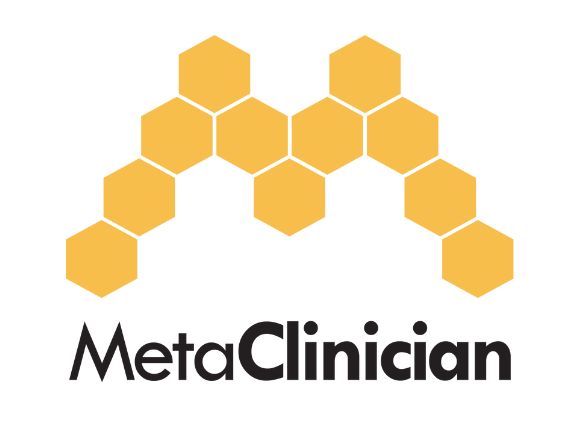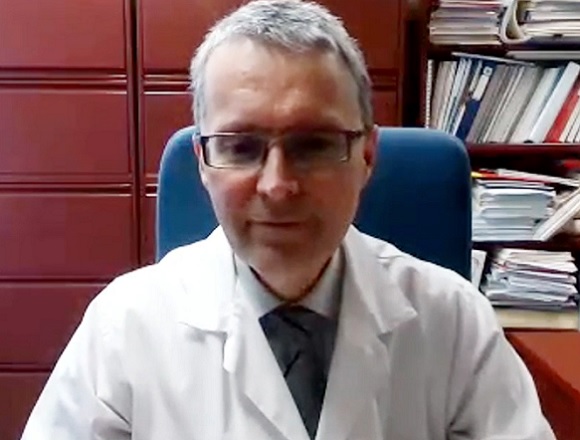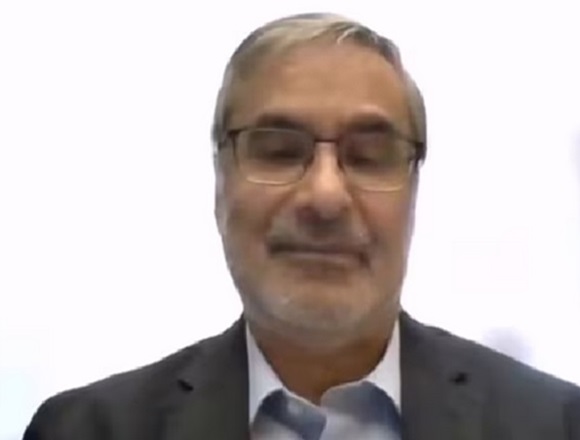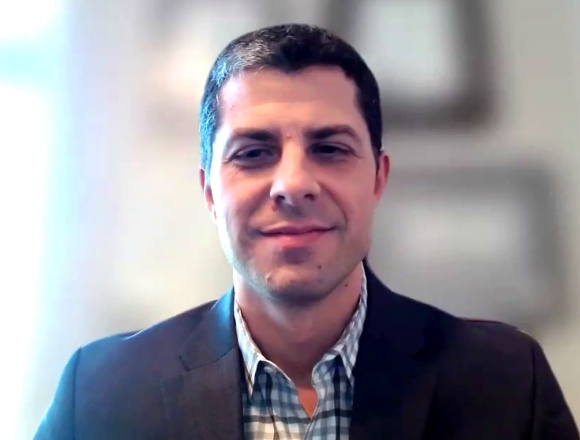Kimia Honarmand, MD, and Randy Wax, MD, MEd, experts in the field of intensive care, join forces with Roman Jaeschke, MD, MSc, DPharm, critical care physician and editor in chief of the McMaster Textbook of Internal Medicine, to dissect the latest guidelines of the Society of Critical Care Medicine (SCCM) on rapid response teams (RRTs) and to analyze the effect of RRTs on patient outcomes and health-care systems.
For a Publications of the Week article summarizing the 2023 SCCM Guidelines on Recognizing and Responding to Clinical Deterioration Outside the ICU, click here.
Contents
- History of rapid response teams (RRTs)
- Introduction of RRTs in the hospital
- How to measure the usefulness of RRTs?
- SCCM guidelines on RRTs: A summary
- Do we need more clinical trials on RRTs?
- Cost-effectiveness of RRTs
Transcript
Roman Jaeschke, MD, MSc, DPharm: Good afternoon, my name is Roman Jaeschke, I’m the editor of the McMaster Textbook of Internal Medicine. Welcome to another edition of McMaster Perspective. I have a pleasure of introducing 2 clinicians, and physicians, and academicians who together led the development of clinical practice guidelines through the Society of Critical Care Medicine for the recommendations concerning critical care response teams (CCRTs) or medical emergency teams (METs).
Maybe I will give you room to introduce yourselves over several seconds. Kimia.
Kimia Honarmand, MD: Hi, I’m Kimia Honarmand, I’m an intensive care physician working at Mackenzie Health in Vaughan and Richmond Hill, Ontario.
Roman Jaeschke: OK, Randy.
Randy Wax, MD, MEd: Hi, I’m Randy Wax, I’m a critical care physician and chief of staff at Lakeridge Health in the Durham region in Ontario.
Roman Jaeschke: Maybe I will start with Randy. Even though Randy is much younger, he was my mentor in terms of CCRTs close to 20 years ago by now. Randy, a few minutes on the history of rapid response teams (RRTs) around the world and in Ontario.
Randy Wax: That’s great. Thanks, Dr Jaeschke. What I’d say is, it’s been recognized, as you said, for over a few decades that there are opportunities to recognize when patients are deteriorating outside of the critical care unit, to flag those situations, and to actually intervene to do something to try to reduce morbidity and mortality, and move the patients into the right clinical setting and into the critical care unit when appropriate. A lot of work started in the United Kingdom, some work started in Australia, and certainly in Canada we were watching what was happening. At the same time, we were following a lot of the literature about medical errors and opportunities missed to try to save patients. So, there’s the data and then there’s the stories as well, the really challenging stories that you hear from patients and families about warning signs that may have been missed by clinical teams without having an organized system to try to prevent harm.
There are 2 really important aspects of this. One is detecting when critical illness is occurring or noting the warning signs when it’s going to occur, and then, what are you going to do about it? What’s the response to try to help? And Canada, I think, recognized fairly early on—after a few jurisdictions started their early work—particularly in Ontario, that we really want to help prevent these preventable situations for patients. We recognize that there’s evolving data that said that if you looked back after patients deteriorated and said, “Were there warning signs that potentially told us that something bad was going to happen?,” in the great majority of cases, there were some signs. So, we wanted to learn from other jurisdictions about how you detect and then how you respond when these sorts of situations happen.
In Ontario we started off with some pilot work, with 2 academic hospitals and 2 community hospitals introducing what we called in Ontario CCRTs, although they’re called by different names in other places. They’re called critical care outreach teams or METs. We did some pilot work where we introduced what were called “calling criteria.” Those are basically based on single-organ signs of something bad happening. For example, a very high or low respiratory rate, or a very high or low pulse rate, or blood pressure abnormalities, or an acute change in the level of consciousness: they are relatively simple things that clinicians could pick up at the bedside—particularly nurses outside the intensive care unit (ICU)—to identify that something was happening. We introduced the idea of calling criteria to identify those opportunities for getting some help and then we created teams—depending on the hospital in the initial pilot work, they would either be led by a nurse or would be led by a nurse and a physician—trying to understand the different team compositions to try to help.
We learned some really interesting things at that pilot work. We first learned that yes, in fact we seem to be able to detect when patients are going to deteriorate and we can intervene, with critical care clinicians coming up to the floors and helping the floor staff either stabilize those patients on the floor or actually move them to the critical care unit if they need it. In the initial pilot work we got some very interesting data that seemed to replicate what was found in other jurisdictions, with certainly strong signals of potential for reduction in mortality and signals about the reduction in unexpected cardiac arrest outside of the ICU by looking after these patients and making them better or moving them to the right setting.
What was also interesting with the initial pilot studies is they actually showed that we were able to improve our critical care resource use because we were able to prevent admissions to the critical care units and to actually improve patient status when they came to the critical care unit, so we could make them better faster and get them out faster. There were actually not only clinical benefits for the patients, but also resource benefits for the system.
Roman Jaeschke: Well, I will come back to the quality of the data behind your statements, but I would like to use this opportunity to ask you one more question. You are now the chief of staff of a major institution. If you met your colleague who said, “Hey, listen, you have this system in your hospital. Should I introduce it in my hospital?”—you have 60 seconds, Randy, to convince him. Forget about the guidelines. I want to hear from you as a clinician.
Randy Wax: Absolutely. We know that the acuity of patients in the hospital continues to rise, we know the ability to look after those patients becomes increasingly challenging, and we know that our health human resources continue to be challenged, for we get more and more junior staff working in the hospitals. And so, we’re looking for any way to support the staff outside the critical care unit to manage those higher-acuity patients. So, extending that critical care expertise and support outside the walls of the critical care unit, even if it didn’t change outcomes whatsoever, the fact that we’re supporting junior staff, that they feel more confident in managing patients, it helps us with recruitment and retention of staff, which in and of itself is actually a very important thing.
I know that in my own center I could never go backwards because nobody would ever allow me to do that because it’s become such an integral part of the patient safety system in the hospital—not only for managing individual patients, but also detecting trends, opportunities for quality improvement, and risk in the hospital that requires attention—that we wouldn’t see and we wouldn’t identify without having that system in place. But the added benefits from hopeful improvements in clinical outcome are an added bonus.
Roman Jaeschke: The 60 seconds are up.
Randy Wax: OK, so I hope I convinced myself [laugh].
Roman Jaeschke: You convinced yourself [laugh]. But it sounds to me that what you put in the first place is the quality of life of hospital employees, essentially saying that people feel safer and happier.
The question is obviously… And maybe I will start asking Kimia now. When you agreed to be a methodologist on these practice guidelines, how did you want to measure the usefulness of response teams?
Kimia Honarmand: The panel that Dr Wax and Dr Sebat had put together… We really encouraged them to come up with questions that are clinically important from patients’ perspectives. One of the key questions that keeps coming up and kept coming up within the group was being able to answer questions around the effectiveness and benefits versus harms of RRTs versus the activation criteria that can summon the response team to attend to the bedside, which Randy was referring to.
That was one of the key things that we were hoping to address, which, unfortunately, because of the very variable study designs and heterogeneity, we were not able to answer. It’s something that we’re working towards hopefully addressing in future iterations of this guideline, but really, the key questions for centers included factors like, should we have an RRT or a MET in place? What should that look like? What should be the composition of that team? How do they get activated? How do they know to be arriving at a particular bedside and not another? Those were the key factors that we were looking at and we were hoping to address.
Roman Jaeschke: So, how would you summarize your observations?
Kimia Honarmand: We reviewed a vast amount of data on this topic and many of these were observational before-after studies, we’re calling them, but really, these were studies that came from the quality improvement initiatives that Dr Wax was describing. A lot of centers have similarly looked at [their situation] before they implemented a rapid response system and afterwards and reported their findings in the literature. Much of the data that we were able to identify to answer our questions were based on before-after studies, not a lot of randomized controlled trials (RCTs). There were a few but unfortunately not as many as one would hope for this topic.
In general, one of our stronger recommendations was related to having a rapid response system in the hospital setting, which includes an outreach team, an RRT, that goes to the bedside, and some sort of activation criteria that summon them to the bedside of the particular patient who may be potentially experiencing a clinical deterioration. In that particular recommendation, we do recommend for having such a system in place. But again, unfortunately we were not able to tease apart which component is the helpful component. Is it the RRT or is it the activation criteria that leads to early recognition?
Roman Jaeschke: So, the question was, how to recognize the deteriorating patients, and then have somebody to be called: somebody who presumably can respond and has skills to [provide] a response that will help the patient.
Now, your strongest recommendation was, as I was asking Dr Wax, to implement an RRT. You didn’t say if there should be a physician or a nurse or if it should it be based on continuous monitoring or on vital signs, but you said, “Have this system, where people are recognized, there is a communication going to a higher expertise level, and this higher expertise responds without much hassle.” Would that be a summary of what you could recommend to people who are thinking about it?
Kimia Honarmand: Absolutely. I think our recommendation was based on a variety of models that were reported by various centers in the literature, and all of them had their own criteria: some had activation criteria that were a single physiologic score, while some had multiscore activation criteria. Some had teams that were ramp up/ramp down, so, whether or not the nurse would start looking at the patient first and activate others versus the whole team would go, including a physician or advanced practice nurse. There are a variety of models and really that recommendation captures all of that breadth of that data. It really has to be based on that particular center’s structure, their needs, their staffing model, their resources, certainly. I think it’s a bit catchall, but it certainly advocates for the availability of some sort of a resource for bedside staff on the wards to have that ability to access more higher-level support.
Roman Jaeschke: Kimia, do you think we would need more RCTs? Are there doable RCTs in this area at all?
Kimia Honarmand: The RCTs that we identified were more sort of randomizing by center. Stepped-wedge trials, for example, we had a couple of those, so it is possible to do trials in this topic. I think, where we are, certainly in Ontario and certainly in Canada, a lot of centers do already have RRTs, so to randomize centers that already have one to none is going to be challenging.
Roman Jaeschke: Yeah, it would not work. Well, we all have our little conflict of interest now. For the last 10 years or plus I’ve been collecting part of my professional income from running an RRT, so we better tell it to people [laugh].
When we examined the effectiveness of the team in our institution, the biggest thing was actually, I would say, again, the quality of life of staff, who felt markedly safer and supported than without those teams and I believe that would be the reason that there would be a revolution in hospitals if they wanted to take them away.
Have you looked at all into how much it costs for whatever benefits there are? Randy, you’re probably responsible for a major institution. Do you know how people look into the finances of it?
Randy Wax: I know that when we did the initial analysis, we found that because of the improvement and the ability to use the critical care resources, it was actually a much more cost-effective way of adding critical care capacity. Actually, it was the equivalent of adding more critical care beds into the system because we were able to use the beds that we had at a much reduced price. So, even if you didn’t even look at patient outcomes and just said, “Can you get equivalent patient outcomes in a more fiscally responsible way?,” it actually is a worthwhile cost investment because you end up saving resources. There’s that upward curve of needing critical care capacity, and if you can flatten that curve by making better use of the resources you have, that’s a fiscally responsible approach. At least based on the evidence that we have within the Ontario experience, that investment has been a worthwhile thing.
I can tell you, in a government-funded system and having to ask for ongoing funding to support the teams on an ongoing basis and add more teams, our governmental authorities are quite critical at looking at the data and the potential benefits and at least that financial benefit of more resource or better use of resources at less expense—they’ve certainly accepted that argument, which is why they’ve continued to fund the teams on an ongoing basis and continue to expand them.
Roman Jaeschke: Okay. Thank you very much for your expertise. Again, your practice guidelines were published through the Society of Critical Care Medicine. I really appreciate you reviewing this vast amount of information and I think what you produced will help both the existing teams and those who will think about whether to introduce them and how to do that. I really appreciate your input and expertise. Thank you.
Kimia Honarmand: Thank you.
Randy Wax: Thanks for having us.
 English
English
 Español
Español
 українська
українська

